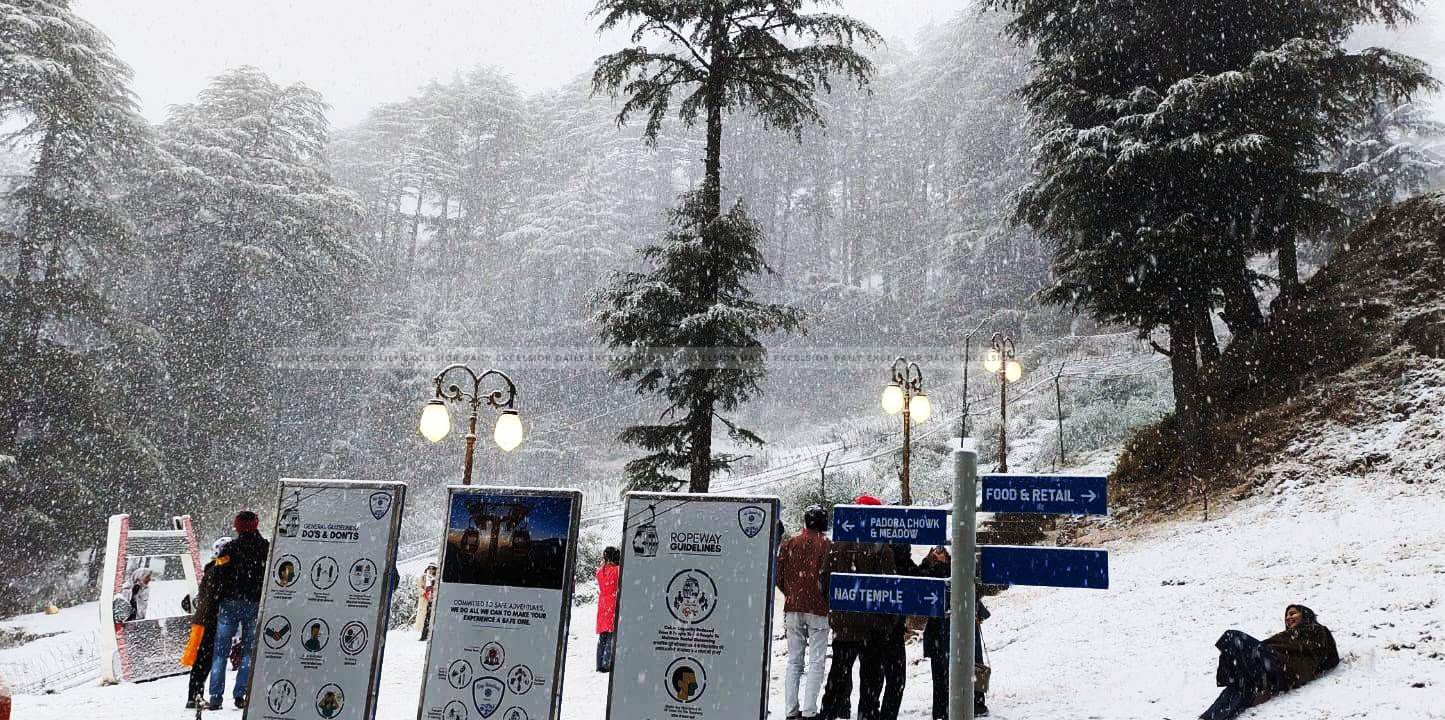Nestled in the foothills, Patnitop has long been a tourist favourite for its scenic beauty, serene environment, and accessibility. However, with increasing tourist footfall and expanded jurisdiction of the Patnitop Development Authority, the region is at a crossroads where unplanned growth could jeopardise its charm and ecological balance. The committee constituted under Government order, has wisely recommended revisiting the Master Plan with a forward-looking approach, incorporating holistic planning for residential, commercial, and tourism activities for the next 20-30 years. This strategic vision must not only cater to the immediate influx of tourists but also ensure that Patnitop thrives as a sustainable, eco-sensitive, and inclusive destination.
While Patnitop’s tourism potential is undeniable, its current infrastructure is ill-equipped to handle the growing number of visitors. A glaring shortfall is the lack of wayside amenities between Chenani and Patnitop. Despite possessing all the attributes of a world-class, all-weather tourist destination, Patnitop has struggled to achieve its full potential in attracting visitors. Development in the region has stagnated ever since the Supreme Court imposed a blanket ban on construction in the ecological zone. Comprehensive efforts must be undertaken to provide the Court with updated facts and data regarding the measures implemented to restore and maintain ecological balance. If the SC finds it appropriate, it may permit limited eco-friendly and self-sustainable infrastructure.Furthermore, newly added areas under the jurisdiction of the PDA remain outside the ambit of the Master Plan. As a result, Patnitop, one of the most significant tourist destinations in Jammu Division, has fallen behind other tourist spots in the UT. The issue is compounded by years of inadequate funding for the PDA, which has made even routine maintenance of existing infrastructure a challenge. Although the Supreme Court has granted permission to construct a Convention Centre, no tangible progress has been made on this front either, further highlighting the need for decisive action and strategic planning to revive Patnitop’s tourism potential.
Keeping in view of the underlying facts, the expansion of PDA’s jurisdiction is of much importance. The absence of a proper Master Plan has resulted in a piecemeal approach to development that threatens to overwhelm the delicate ecological balance of the region. The revision must focus on proper earmarking of areas for residential, commercial, and tourism purposes to prevent haphazard growth. The fragile Himalayan ecology must remain at the forefront of planning, with guidelines to prevent deforestation, manage waste, and promote eco-friendly construction. Connectivity improvements, particularly in terms of road infrastructure and public transport, must align with the area’s capacity to absorb more tourists sustainably. The time lost in finalising the earlier Master Plan must now be recouped through swift action.
For Patnitop to emerge as a model hill station, the collaboration between Government agencies, private operators, local communities, and tourists is imperative. Investments in infrastructure, marketing, and capacity-building should be complemented by stringent regulations to avoid the pitfalls of unregulated tourism. Regular monitoring and course corrections are the keys. Flexibility in planning, backed by data-driven insights, will allow Patnitop to adapt to evolving needs while staying true to its core values.
Trending Now
E-Paper


